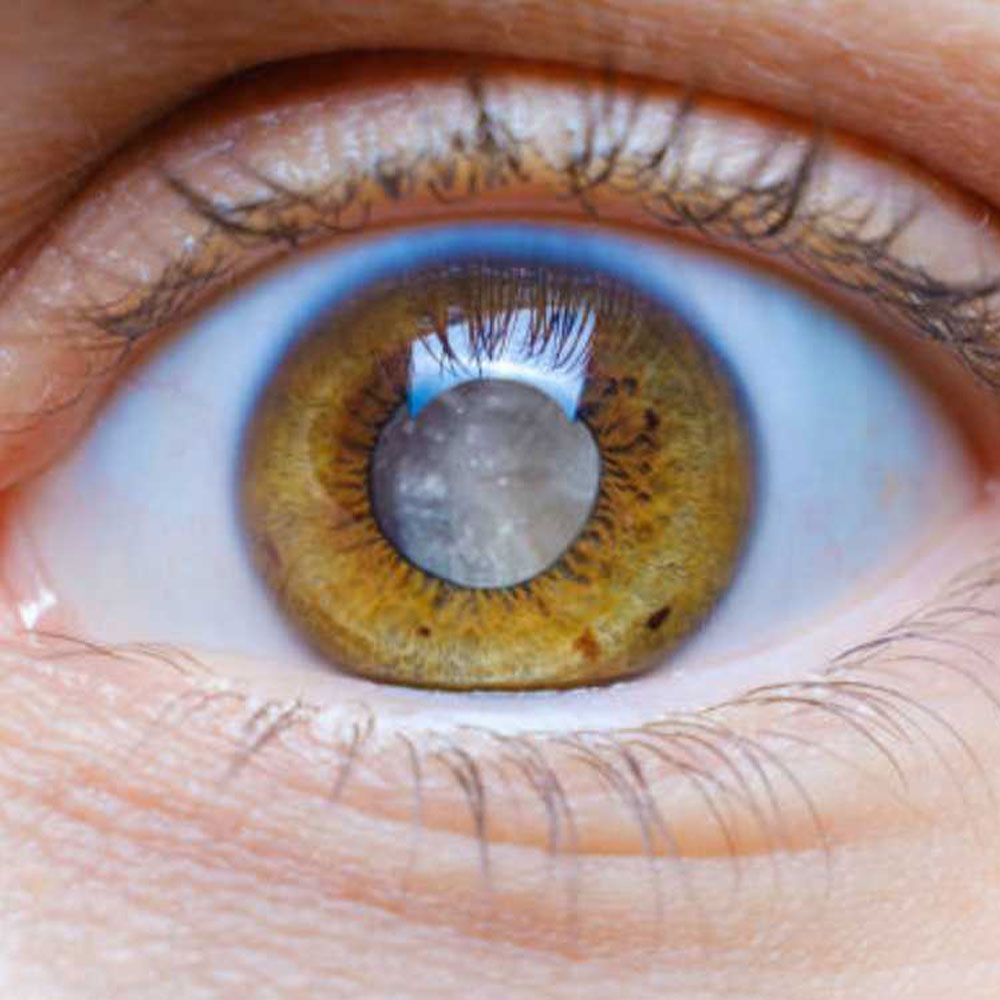Glaucoma is a group of eye conditions that damage the optic nerve, which is vital for good vision. This damage is often caused by high pressure inside the eye, known as intraocular pressure. Glaucoma typically develops slowly and without noticeable symptoms in its early stages, earning it the nickname "the silent thief of sight." As the condition progresses, it can lead to peripheral vision loss, tunnel vision, and eventually blindness if left untreated.
While glaucoma cannot be cured, early detection and treatment can help slow its progression and prevent vision loss. Treatment options may include prescription eye drops, oral medications, laser therapy, or surgery, depending on the type and severity of glaucoma. Regular eye exams are crucial for detecting glaucoma early, especially for individuals at higher risk, such as those with a family history of the disease or certain medical conditions like diabetes.
By monitoring intraocular pressure and assessing optic nerve health, eye care professionals can intervene promptly to preserve vision and maintain eye health in individuals with glaucoma.

High Intraocular Pressure (IOP): Elevated eye pressure is a significant risk factor.
Thin Corneas: Particularly a thin central corneal thickness.
Eye Injuries: Trauma to the eye can damage the drainage system, increasing the risk of glaucoma.
Severe Myopia (Nearsightedness): Linked to a higher risk of open-angle glaucoma.
Prolonged Use of Corticosteroid Medications: Both topical (e.g., eye drops) and systemic use can increase IOP.
Previous Eye Surgery: Can increase the risk of secondary glaucoma.
People over the age of 60 are at higher risk, with the risk increasing as they get older. For African Americans, the increased risk starts at age 40.
Having a close relative with glaucoma significantly increases your risk, suggesting a genetic predisposition.